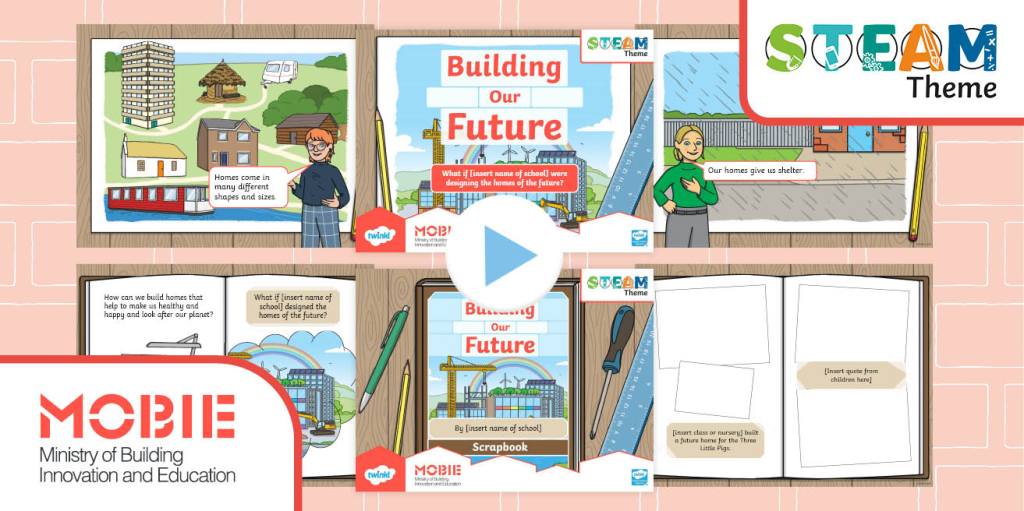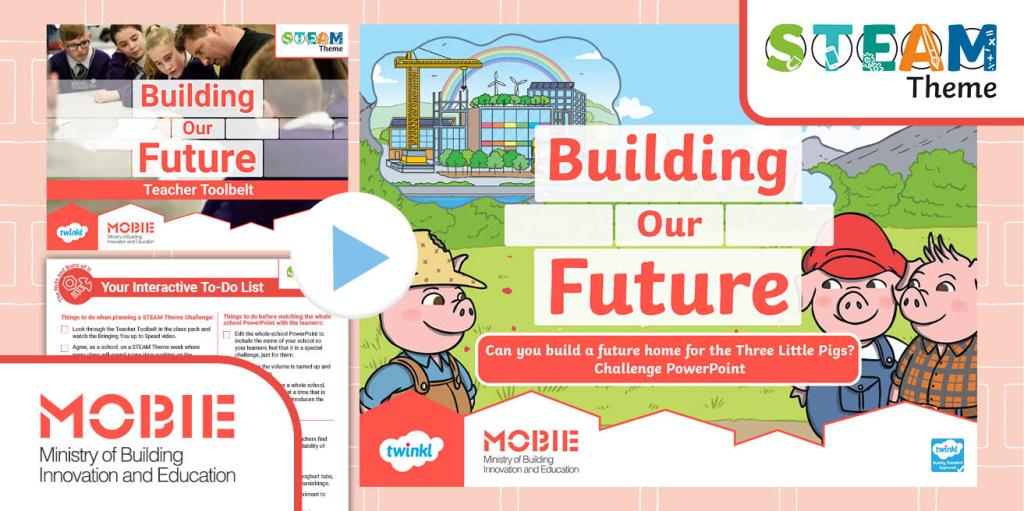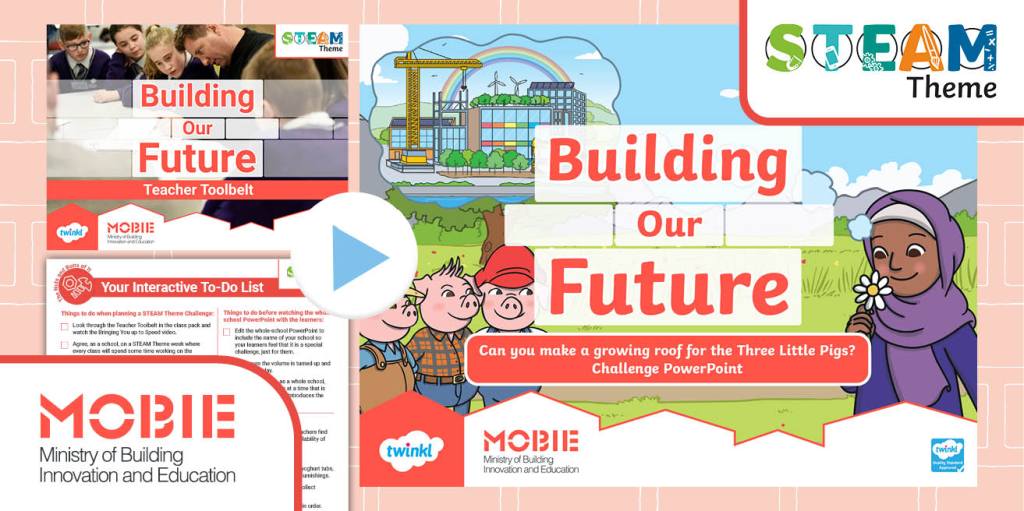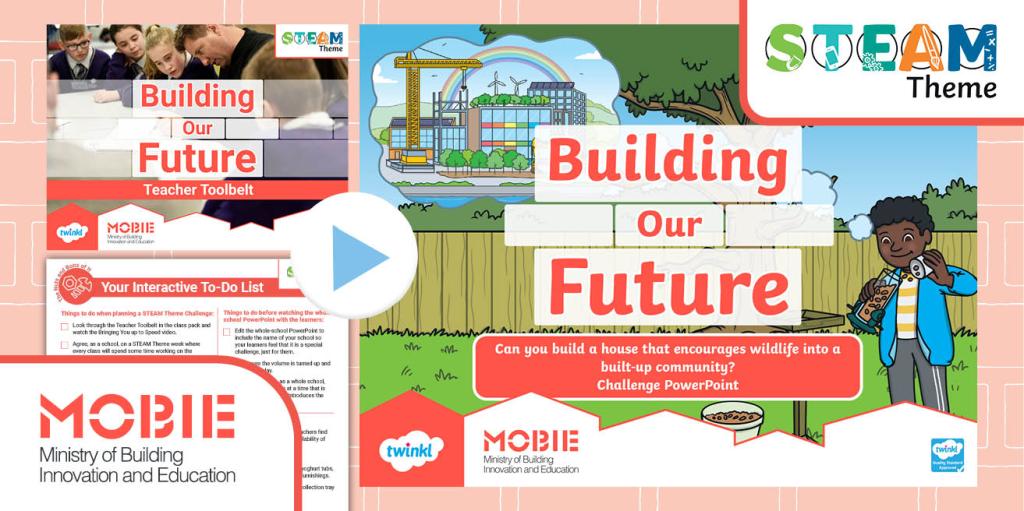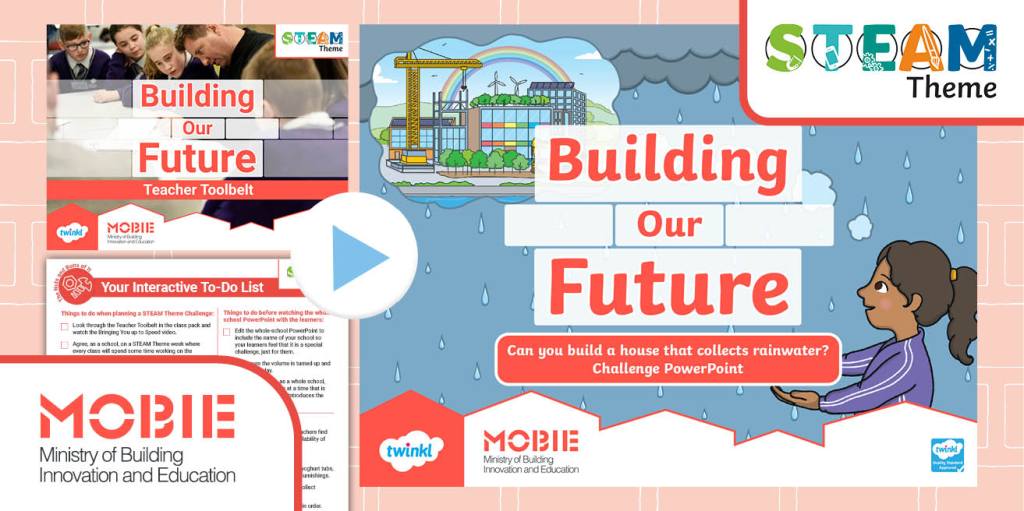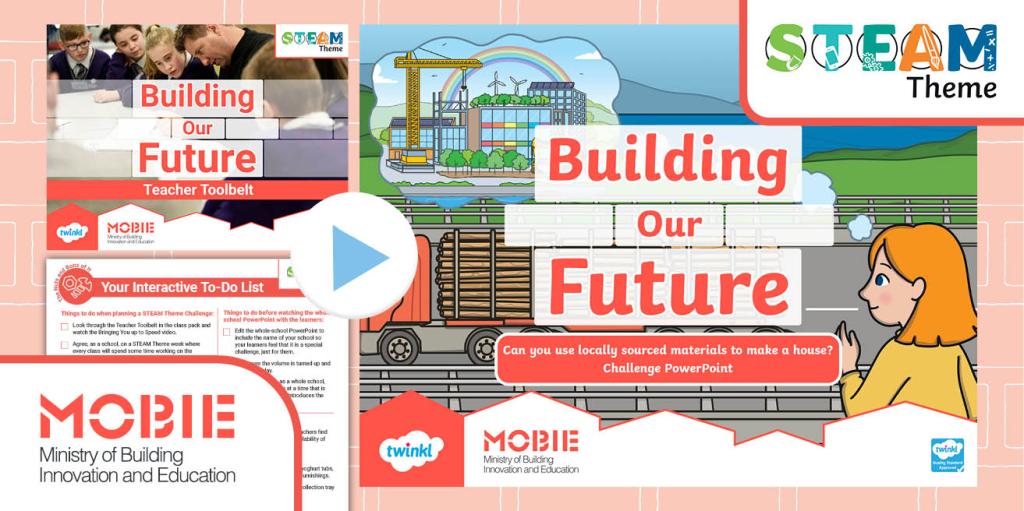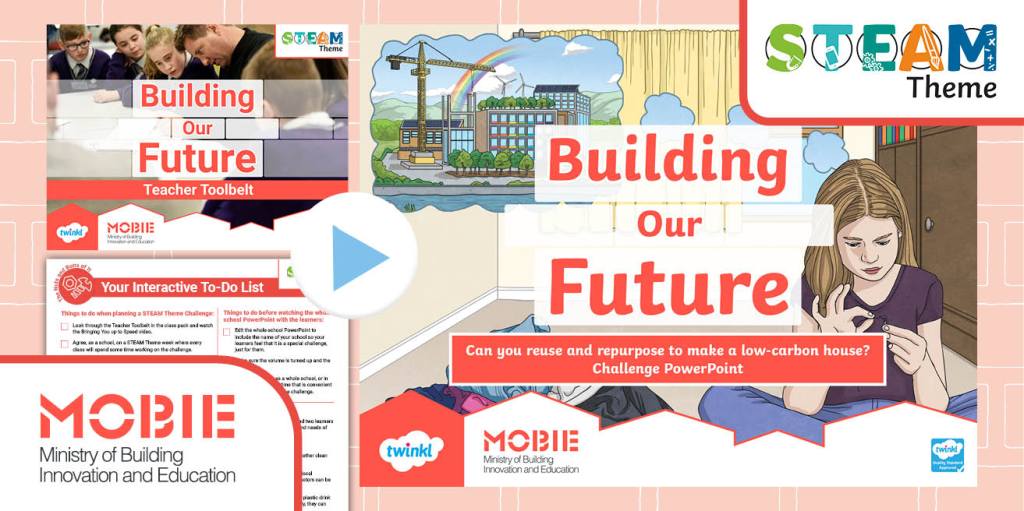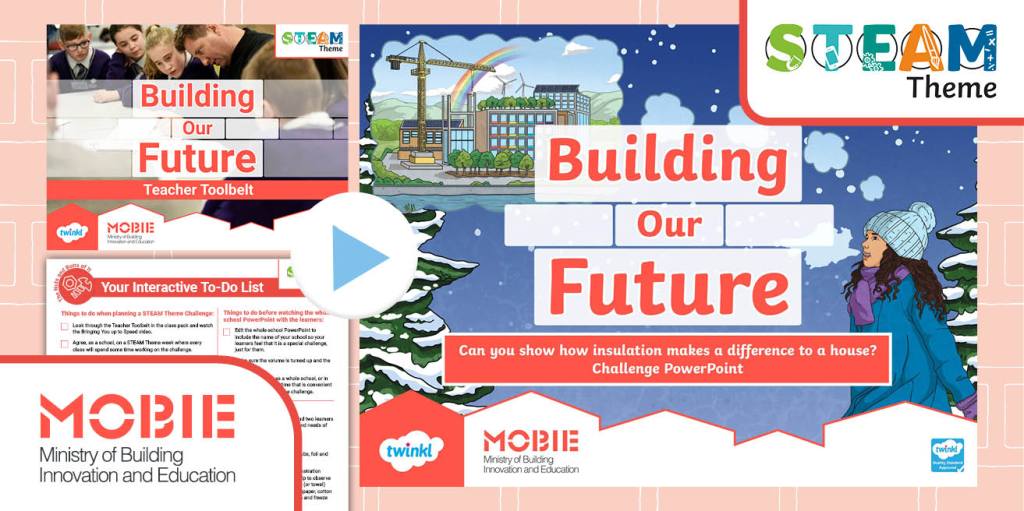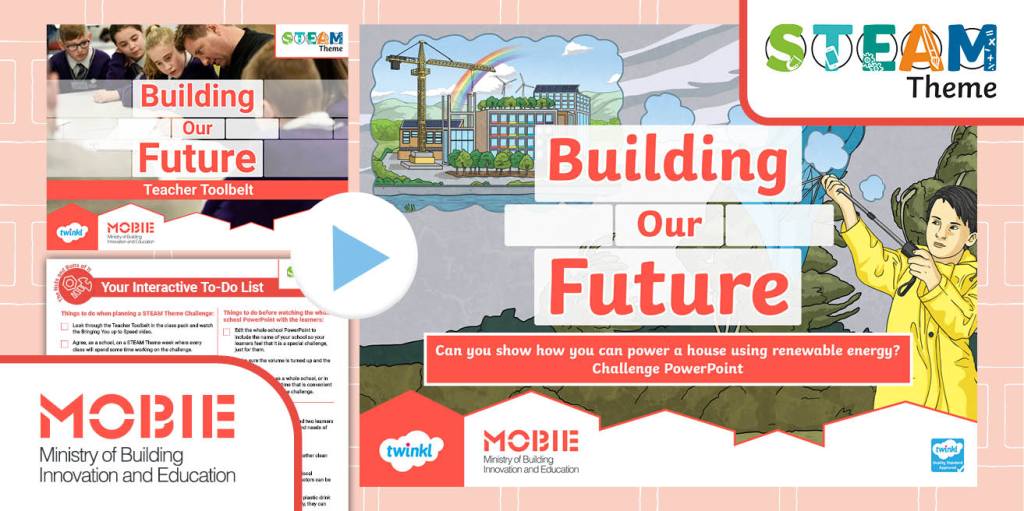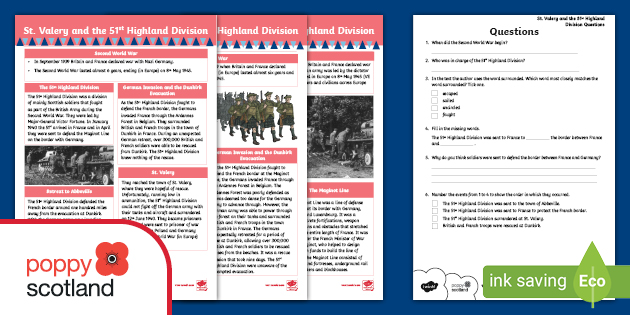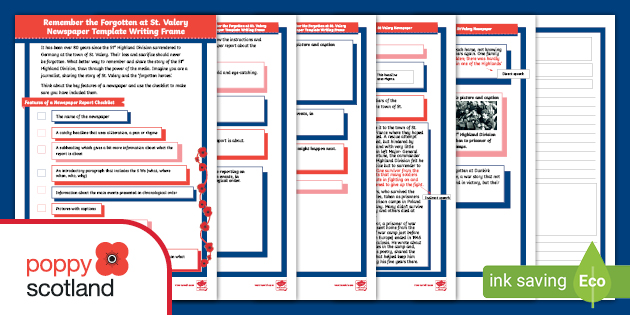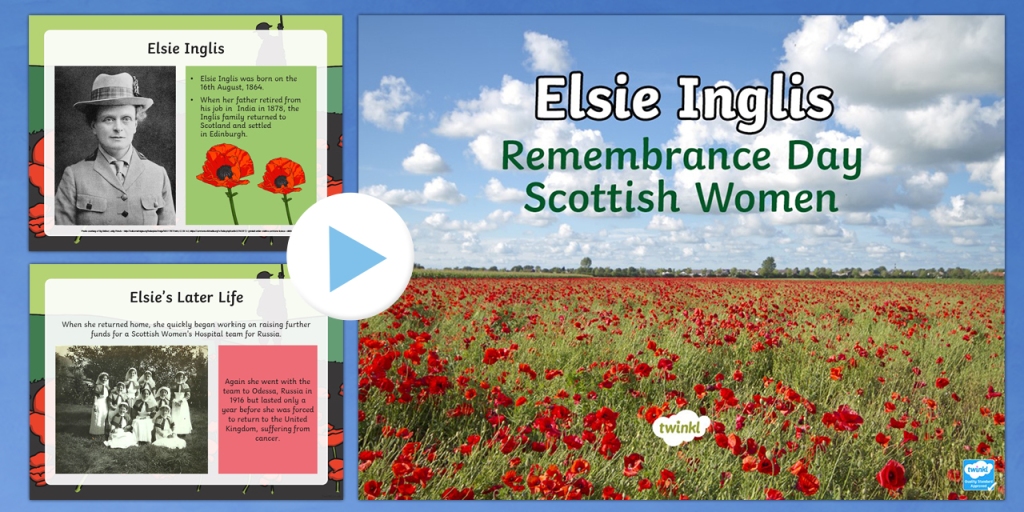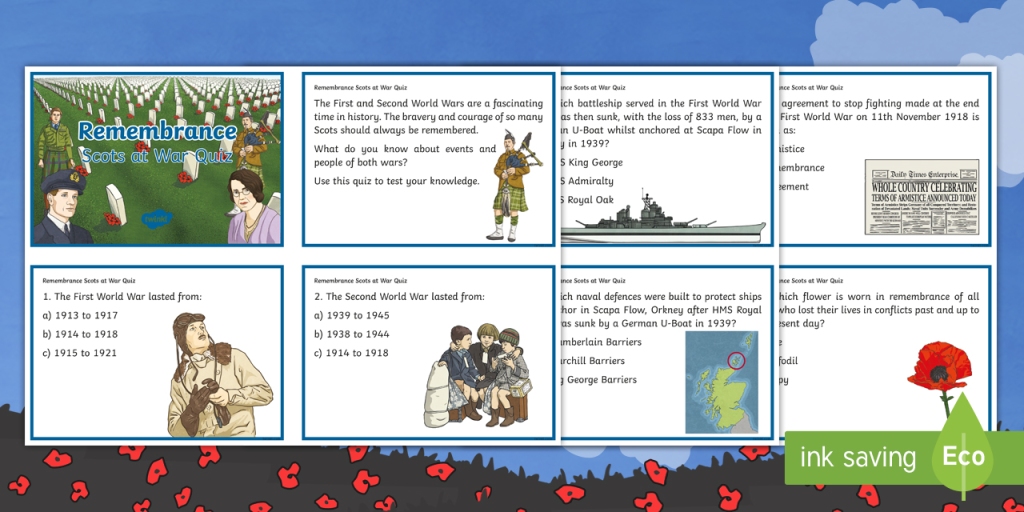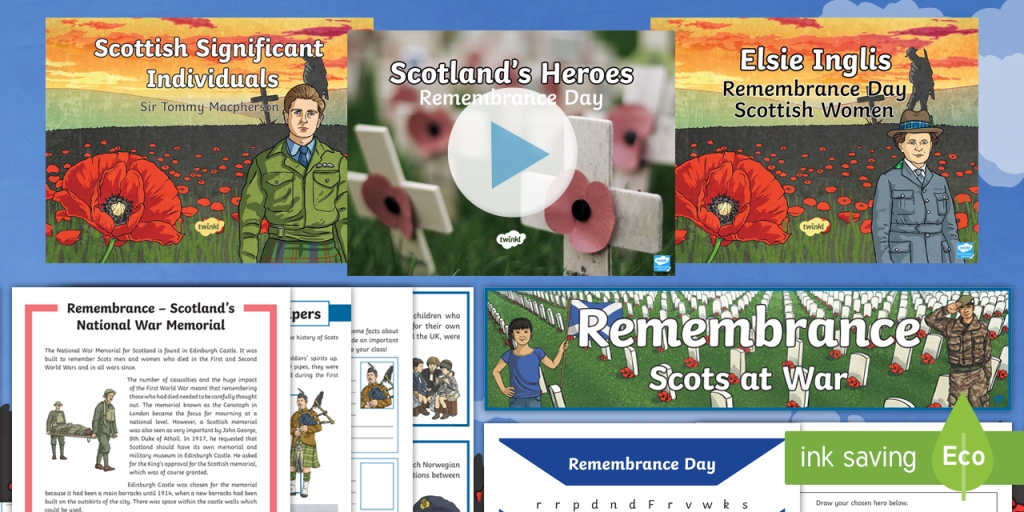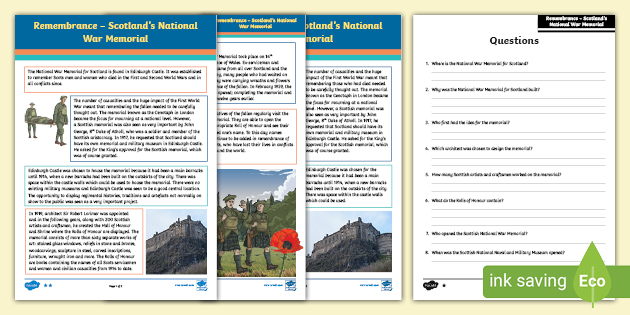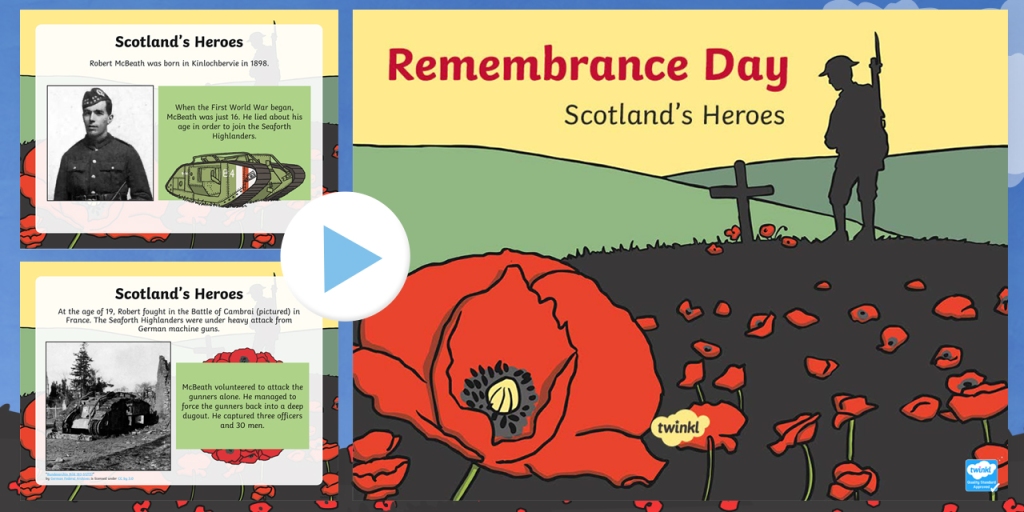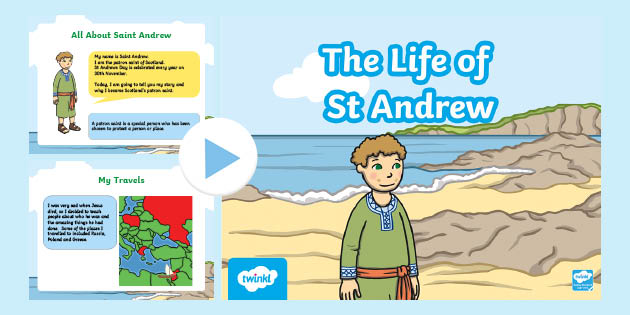
“The secret of change is to focus all of your energy not on fighting the old, but on building the new.” Socrates
When the ancient Greek philosopher Socrates coined this phrase, he couldn’t have imagined that what he said would be so relevant 2400 years later. Of course, the Greek philosopher couldn’t have predicted our modern-day environmental crisis but his words are food for thought.
In 2022, Earth Day’s theme is ‘Invest in Our Planet’. This theme shows the urgency to replace our long-established practices that harm planet earth, with more environmentally-friendly ones. We can do this by respecting our planet whilst shopping, thinking and living sustainably. This can be achieved, as Socrates said, by not focusing on fighting the old but by learning from it and using it to build something new for our future.
What Is Earth Day?
Earth Day is an annual event that began in 1970. It happens on the 22nd April each year and welcomes thousands of participants who want to learn more about our environment and contribute to our planet’s protection.
Gaylord Nelson, an American senator, was the founder of Earth Day. He proposed the 22nd April as the day dedicated to Earth, where people would be taught about environmental issues. After the 1969 Santa Barbara oil spill disaster that killed more than 10,000 dolphins, seabirds, sea lions and seals, Nelson wanted to raise awareness and point out how crucial it is to protect our planet.
52 years after that first Earth Day, the aims remain the same: firstly, to raise awareness about the various environmental issues and challenges that our planet faces; and secondly, to call people to action.
How Is Earth Day Celebrated Around the World?
There are many different ways to celebrate Earth Day, and throughout the world, countries have found their own unique way to dedicate this special day to our planet.
In the United States of America, scientists and civic organisers offer training sessions on environmental issues; rallies and marches are also organised. In Japan, more than 100,000 people attend family activities and learn about businesses that encourage sustainability. In India, there are activities where participants dress in green to represent the colour of the earth, as well as attending events focused on protecting the Asian elephant, an endangered species. In Switzerland, an international school hosts a green sale in which they raise funds to plant trees, and the children play recycling games.
All of the countries that celebrate Earth Day welcome thousands of people who attend events and speeches on environmental challenges; some people volunteer at these events and it’s not uncommon for creatives to take part in order to help spread the message through their art.
How Can We Raise Awareness at Schools?
The clock is ticking but fortunately we still have time to take positive action to ensure the protection of our planet for future generations. As educators, we can play an important role in that. By teaching our children about sustainability and the importance of taking steps to protect the environment and everything around us, we contribute to the extension of our planet’s life. Education is a powerful tool and raising children who are climate and environmentally literate means that we support the future activists and advocates of our planet, who will do their best to protect it.
So, as an educator, what can you do in practice to encourage awareness and positive action? Here are some simple ideas:
- Bring nature indoors. Make your classroom biophilic by choosing natural light instead of artificial (when possible), using natural materials and decorating with plants and greenery. Children will love taking care of them and the greenery is naturally calming for their nervous system.
- Take your learners outdoors every day. Don’t let bad weather put you off. With the proper clothing, children will benefit from getting out in differing (but not dangerous!) weather conditions. Aim to take them out in the playground every day; you can have an outdoors literacy or numeracy lesson, build nests and houses for tiny little creatures, plant trees or flowers, litter pick or organise a race around the school. Whatever you choose to do, it will benefit not only your learners’ relationship with the outdoors but also their mental and physical health.
- Take your learners on nature walks in the local park or visit national parks. If you can’t visit national parks, look online as there are many that you can access digitally from the convenience of your classroom.
- Use only natural and sustainable materials. Demonstrate to your learners how to reuse old clothes to create cushions for the classroom and create recycling bins from unwanted boxes.
- Be a role model. Make sure you turn off the lights and electronics when you leave the room. Use these lovely posters as a reminder for you and your learners. Ensure that you print in black and white whenever possible or use Twinkl’s Super Eco version, which saves ink.
- Teach your learners how to be more sustainable in their everyday life, from their clothing, to their nutrition and home life.
- Engage learners in eco groups, encouraging them to take part in ‘green’ discussions in their school and local community and take positive action.
How Can Twinkl Help Me?
Twinkl is here to support you in your mission to help build a sustainable future by starting from your classroom. Twinkl Scotland have collated a variety of resources that we’re sure will support you in creating meaningful and high-quality learning experiences.
- Check out our wide range of resources on the topics of Global Citizenship, Sustainability and Global Goals. There are plenty of resources for every primary school stage.
- We believe that gaining knowledge on how our planet works and how other beings live on it is very important for raising awareness. Visit here for Early Level, here for First and here for Second Level and teach your learners all about planet Earth.
- Since education starts from the people who deliver it, we have created resources that aim to support you in your learning about ‘green’ practices, which you can incorporate into your teaching.
- Why not read our lovely blog that provides ways in which you can help your learners connect with nature? Moreover, Twinkl Green Week has a variety of resources that we’re sure you will love.
Learning doesn’t stop there. Twinkl Scotland have partnered with MOBIE, Ministry of Building Innovation and Education, to bring to you resources that will inspire young people to build the homes of the future, which are sustainable, friendly to our planet and healthy places to live. Keep your eye on our Scotland Partnerships page for these in the near future!
Many think that one person can’t change the world. However, if we work together to educate our learners on environmental issues, we will guide them to have a greater awareness of the challenges facing our planet and inspire them to protect it.
As UN Secretary-General Ban Ki-moon once said, “There can be no plan B because there is no planet B.” Earth is the only home we have and it’s our duty to protect it.


